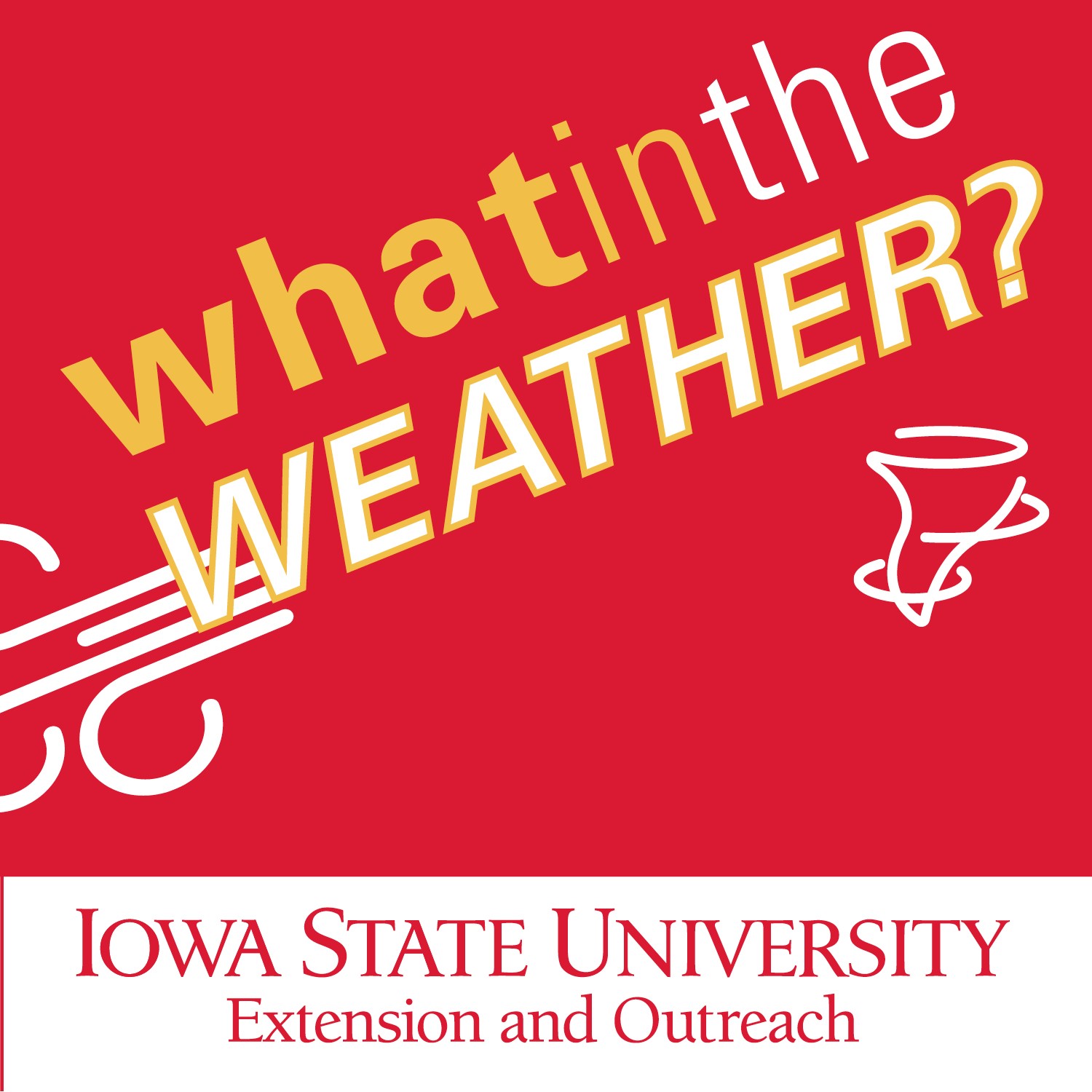- After-Shows
- Alternative
- Animals
- Animation
- Arts
- Astronomy
- Automotive
- Aviation
- Baseball
- Basketball
- Beauty
- Books
- Buddhism
- Business
- Careers
- Chemistry
- Christianity
- Climate
- Comedy
- Commentary
- Courses
- Crafts
- Cricket
- Cryptocurrency
- Culture
- Daily
- Design
- Documentary
- Drama
- Earth
- Education
- Entertainment
- Entrepreneurship
- Family
- Fantasy
- Fashion
- Fiction
- Film
- Fitness
- Food
- Football
- Games
- Garden
- Golf
- Government
- Health
- Hinduism
- History
- Hobbies
- Hockey
- Home
- How-To
- Improv
- Interviews
- Investing
- Islam
- Journals
- Judaism
- Kids
- Language
- Learning
- Leisure
- Life
- Management
- Manga
- Marketing
- Mathematics
- Medicine
- Mental
- Music
- Natural
- Nature
- News
- Non-Profit
- Nutrition
- Parenting
- Performing
- Personal
- Pets
- Philosophy
- Physics
- Places
- Politics
- Relationships
- Religion
- Reviews
- Role-Playing
- Rugby
- Running
- Science
- Self-Improvement
- Sexuality
- Soccer
- Social
- Society
- Spirituality
- Sports
- Stand-Up
- Stories
- Swimming
- TV
- Tabletop
- Technology
- Tennis
- Travel
- True Crime
- Episode-Games
- Visual
- Volleyball
- Weather
- Wilderness
- Wrestling
- Other
9/14/23 Pleasant temps, maybe more rain, Drought expands further
Summary Iowa weather and drought conditions. Justin Glisan: Discusses recent weather events, including hurricanes in the tropics and their potential impact on Iowa. Dan Fillius: Asks Justin about drought records and spring flows in the driftless area, with a focus on the delay or lack of response to the current drought. Glisan, Justin: 1961 was the wettest September ever in southeastern Iowa, with some locations recording their highest precipitation modal totals of any month on record. Glisan, Justin: Ideally, need an inch of rain every week through the end of the year to break drought condition, with at least a quarter inch to half to three quarters of an inch expected in the next 7 days across western Iowa. El Nino, hurricane season, and weather forecasts. Dan Fillius and Justin Glisan discuss the upcoming weather forecast for Iowa, with a focus on the potential for warmer temperatures and increased rain chances. They mention that farmers are eager for rain, but the dry conditions are not ideal for harvesting crops like pumpkins and squash. El Niño is expected to persist into 2024, with a top and moderate strong range, suggesting a wetter signal in the middle of meteorological fall. Atlantic sea surface temperatures are not acting like they typically do during strong El Niños, with a lack of wind shear in the environment, allowing hurricanes to develop and intensify more easily. Dan Fillius asks about a potential hurricane impacting the United States, and Justin Glisan explains the location and potential strength of a disturbance in the Atlantic. Dan Fillius and Justin Glisan discuss the drought conditions in the Driftless region of northeast Iowa, including the fact that spring flows are still flowing in the springs despite the drought. Justin Glisan highlights the contrasting drought impacts across Iowa, with Northeastern regions experiencing less severe effects due to aquifers and soil moisture recharge. Drought perspectives and records in Iowa. Drought is viewed through various lenses, including meteorological, agricultural, hydrological, and ecological, with different indices used to measure each type of drought. Drought conditions in Iowa are worsening due to slow-moving disaster, with all indicators pointing towards dryness. Glisan, Justin: The current drought is the longest at 168 weeks, with widespread D1-D4 conditions across the state, but crop failure has been less severe than in previous droughts due to timely rainfalls and cooler temperatures. The Dust Bowl is the most devastating drought in US history, with year-after-year arid conditions in the 30s that led to changes in agricultural practices and a focus on preventing similar conditions in the future. Natural disasters, carrot disease, and crop health in Iowa. Dan Fillius and Justin Glisan discuss the changing weather patterns and their impact on agriculture, with a focus on soil health and land stewardship. They mention the importance of cover crops and no-till farming in preserving soil quality and mitigating the effects of extreme weather events. Dan Fillius visited a small-scale grower in NE Iowa and observed that some carrots had a foliar disease, while a larger farm with 12 acres of carrots in SE MN did not have the same issue which is good since they harvest by machine. Tomato plants in southeast Minnesota looked great, while those in much of Iowa struggled with disease, highlighting the impact of soil and water conditions on crop health. Septoria leaf spot see

